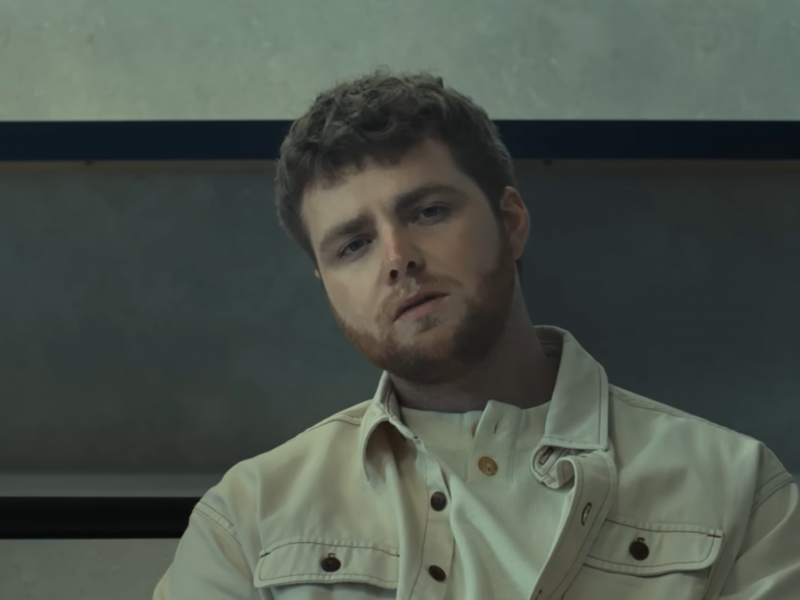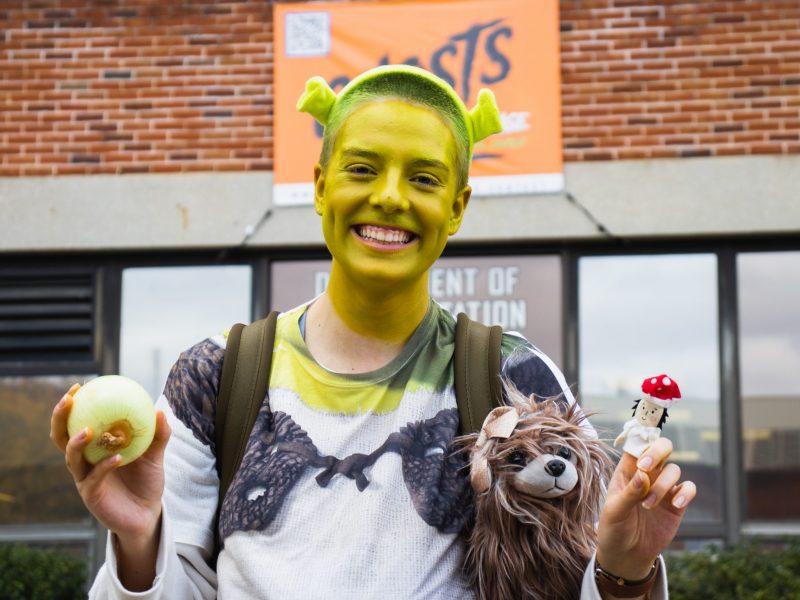In a March interview with The Sun, Stranger Things and Damsel star Millie Bobby Brown made a confounding admission — she doesn’t have the attention span to sit through a film, even her own.
While disheartening for film fanatics, Brown’s statement is in line with the common stereotype that Generation Z has a short, TikTok-influenced attention span. A University of California, Irvine and Microsoft Research study last year revealed that between 2004 and 2021, the average human attention span dropped from 150 seconds to 47 seconds.
But movies have become longer. In 2021, the top 10 movies in the United States box office had an average runtime of 131 minutes. In 2022, that grew to 141 minutes, and last year’s highest-grossing films averaged 136, fueled by Oppenheimer and John Wick: Chapter 4.
Other recent hits, such as Taylor Swift: The Eras Tour and Mission: Impossible – Dead Reckoning Part One were similarly long, but fell outside of the box office’s top spots. Both totaled nearly three hours, a massive increase from the 2011 average of 122 minutes.
Jeffrey Beamer, a sophomore cinema and media studies and information science major, said shorter content appeals more to Gen Z audiences, almost to the point of addiction, citing TikTok and Instagram Reels as examples.
“I think our culture and demographic now is addicted to short content,” Beamer said. “It’s all short, straight to the point and that’s what we love.”
Young audiences increasingly consume more short-form content. According to a report from YPulse, a research company focused on Gen Z and millennials, 76 percent of people between ages 13 and 39 used TikTok in 2023 compared to 69 percent in 2022.
[UMD student’s digital art celebrates icons, animated characters]
But Beamer emphasized that he feels drawn to longer films because they appeal more to him from an artistic perspective.
“I feel like if the movie is longer, the director made a point for it to be longer so the story is going to be better,” Beamer said. He especially likes watching long movies in theaters as they reduce distractions that might sidetrack viewers during at-home screenings, primarily their phones, he said.
For Jackson Leeman, a junior cinema and media studies major, other factors are at play when choosing between films.
“If I’m tired, then it’s over,” Leeman said. “It doesn’t even matter how long it is. It could be 90 minutes and I’m really tired and then I’ll totally lose focus.”
Leeman said a film’s length factors heavily into his viewing decisions. He prefers 90-minute films, generally the shortest theatrical runtime, though it depends on the film.
Eric Zakim, an associate cinema and media studies, Jewish studies, comparative literature and Hebrew professor in the languages, literatures and cultures school at this university, often assigns lengthy films for his students to watch. These notably include Claude Lanzmann’s nine-and-a-half-hour Holocaust epic, Shoah.
“It’s less of an issue, the length of the film, than how to get students to pay attention to films, especially in this day and age when they’re looking on their phones,” Zakim said.
[Julius Caesar meets pirates in new Maryland Shakespeare Players production]
Zakim noted that in the years before streaming, the cinema and media studies department would screen films collectively for students, which allowed for better engagement. Film length might not be younger audiences’ main concern — instead, it may be their viewing location.
The top 10 most-viewed English-language Netflix original movies have an average length of 124 minutes, shorter than any average box office top 10 over the same period, 2021 to today. When at home, it appears audiences gravitate toward shorter films more so than when they visit a theater.
When Gen Z audiences are provided a distraction-free environment, such as a movie theater, the attention span rumors seem to disperse. It may be that phones and the availability of secondary entertainment affect young people’s media consumption more so than that content’s runtime.



